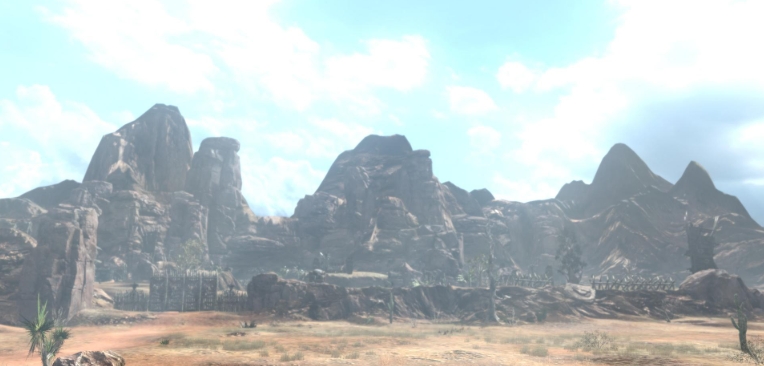Diastrophism: The Driving Force Behind Mountain Building
Diastrophism Defined
Diastrophism is the process by which the Earth’s crust is deformed, causing changes in its shape and size over time. This process is responsible for the formation of mountains, valleys, and other landforms.
Types of Diastrophism
There are two main types of diastrophism: folding and faulting. Folding occurs when rock layers are squeezed together and pushed upwards, forming a series of folds. Faulting, on the other hand, occurs when rocks break and move along a fault line, creating earthquakes and other geological events.
Mountain Building
Mountain building is a direct result of diastrophism. When tectonic plates collide or move apart, they can cause the Earth’s crust to fold, creating mountain ranges. This process can take millions of years to complete, as the rocks slowly shift and change under immense pressure.
Impact on the Environment
Diastrophism has a significant impact on the environment. It can create new habitats for plants and animals, as well as influencing weather patterns and water flow. Additionally, mountain building can lead to the formation of mineral deposits and other valuable resources.
Human Influence
Humans have also had an impact on diastrophism through activities such as mining, drilling, and construction. These activities can alter the natural processes of diastrophism and lead to changes in the Earth’s crust.
Conclusion
Diastrophism is a powerful force that shapes the Earth’s surface and creates some of its most awe-inspiring landforms. Understanding this process is crucial for understanding the geological history of our planet and how it continues to evolve over time.

